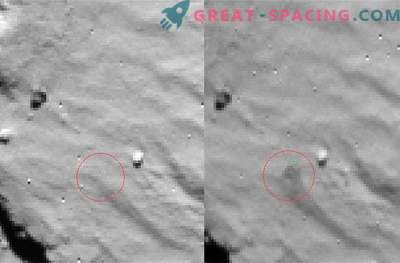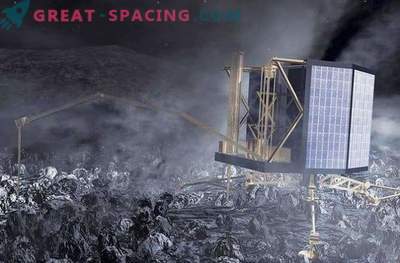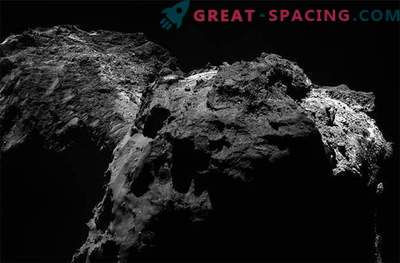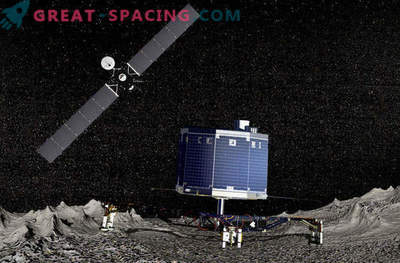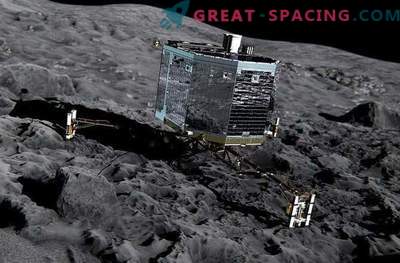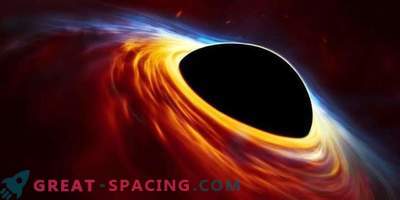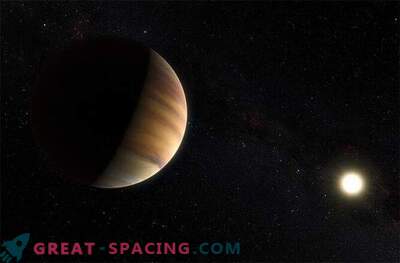
After a dramatic landing on comet 67P / Churyumov-Gerasimenko on Wednesday, Phil's small landing module of the Rosetta mission began to explore its surroundings, sending the first ever taken photographs of the cometary surface. However, it seems that a fair amount of luck protected the descent vehicle from falling or even loss in outer space.
The initial landing could not be called a simple one, and it took some time for the mission’s scientist to interpret the data. A day later, a clearer picture emerged.

Approximate location of the Phil module
Shortly after landing at 17:03 Central European Time on November 12, the signals from the Phil module showed that he had landed and then bounced back into space. Since the harpoon of the landing module anchor system did not work, Phil was unable to hold onto the dusty surface of the comet. After the initial rebound, Phil climbed one kilometer into space, spending 2 hours to return to the surface about 1 kilometer from the landing site, bouncing around again before stopping. Now scientists believe that the landing module is located on the edge of the crater. Referring to the new images made by Phil's panoramic camera, manager Stefan Ulamek said: "Most likely, we are on the edge of a crater. Only in this way can we explain this strange orientation." The approximate location of the Phil module is shown in the figure above. The fact that Fila generally transmits photographs assumes that the lander is working as intended, but there is one problem.
Fila has a limited battery life of about 60 hours, and the mission planners developed a probe and chose a landing site to maximize the amount of sunlight that can be accumulated using a Fila solar generator. But due to the fact that the final landing site turned out to be tilted, sunlight will obviously not be enough. The telemetry obtained by the ESA Space Operations Center in Darmstadt, Germany, shows that the descent vehicle is currently located on a slope and may even be tilted. Looking at the new panoramic images, it was noticed that one of Phil’s three support legs was not in contact with the comet’s surface.
Currently, the landing module receives only 1,5-hour sunlight for every 20-hour rotation of the comet, which is not enough to keep the batteries charged over the weekend.
“According to our calculations, we have time between Friday and Saturday,” said Paolo Ferri, head of the ESA mission management. "Of course, it all depends on productivity. The more manipulations we do with the landing module, the more energy it will consume and the less time we will have." Considering that the harpoons of the landing module did not work during the initial landing, any scientific data obtained by the module can only be regarded as a gift. Currently, the landing module cameras are working, and scientific data are being collected. If scientists do not figure out how to change the position of the landing module so that it can be moved from the shadow of the slope, we must expect that the battery life will last no more than 2 days.
Unfortunately, without three legs in contact with the surface, it is unlikely that a drill, which is designed to access the primordial material below the surface and collect samples for analysis, will be used. But by the end of the projected autonomy window, mission scientists can make an extremely risky decision aimed at docking the third support leg of the device with the surface.

